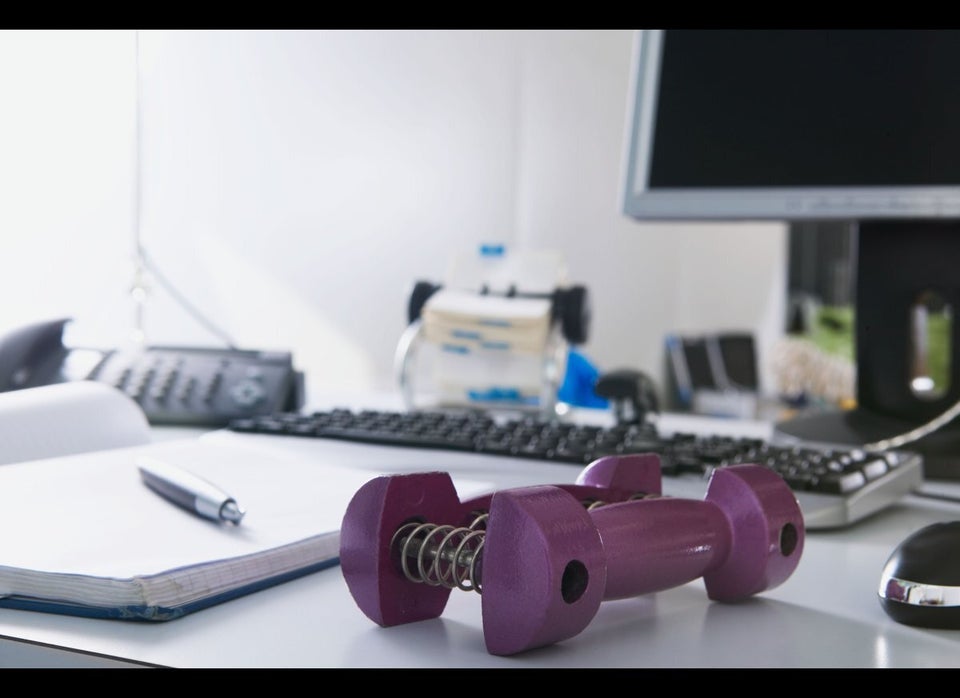
I've been lucky myself that I have not suffered much from back pain, although when I was pregnant with my second child I did have problems. I can identify with people who have excruciating pain, even just turning over at night or getting up from a chair was difficult for me.
Sitting in work was really painful and my saving grace was a neat little pillow that I carried with me, which I put into the small of my back, making any chair comfortable. I found that Pilates classes were really helpful also and getting out of the office for walks at lunchtime helped a lot with the pain.
Fortunately once I'd had my baby and got back into my usual exercise routine, the pain went away and I felt completely better.
As you can see almost all of us will suffer from back pain at some point in our lives. It is most common in the lower back, although it can be felt anywhere along the spine, from your neck down to your hips.
Although most back pain like mine will get better in a matter of weeks, and is rarely caused by more serious illness, it still accounted for 34.4 millions lost working days in 2011, more than any other illness.
In the past, doctors advised rest for back pain, but most experts now agree that long periods of inactivity are actually bad for your back. The good news is that back pain can be improved - or even prevented - by incorporating some gentle, regular activity into your day.
Physiotherapists are able to assess, diagnose and treat back pain. We do this by looking at the root cause, which may be poor posture, lack of strength and flexibility or poor movement patterns. As well as being able to use treatment techniques such as joint and soft tissue manipulation, and give advice on the best exercises to do and ways to look after the spine.
Many of us associate back pain with strain or injury, such as heavy lifting, DIY and sports injuries, but there are many other factors: if you work in an office, the heaviest thing you might have to lift is a cup of coffee, but that doesn't necessarily mean you're not at risk.
Through a sedentary lifestyle and poor posture, the deep muscles surrounding the spine can become weakened and lose coordination, meaning that your back is not properly supported. We recommend core strength training exercises, like Pilates, which are designed to target these muscles and help them to activate at the right time.
As a physiotherapist I know it's never too late to start looking after your back, and you only need make small adjustments to reap the benefits.
Some starter points to note for good back health:
• Before gardening or DIY, do some warming up exercises. Remember to always work within your limits and take regular breaks.
• If you wear high heels, try to only wear them when necessary. Walking in high heels can tilt your pelvis too far forward and place unnecessary strain on your lower back.
• Most people have their ironing board too low. Make sure it is at waist height to minimise back strain.
• When driving, all controls should be within easy reach. If your vehicle has any lumbar support, adjust this to provide a gentle pressure against the lowest part of your back. If your seat lacks support, try using a lumbar roll.
We spend nearly one-third of our lives sleeping, so it's important to look at your sleep environment and posture. Depending on what position you sleep in, these tips can help reduce the development or occurrence of back pain.
• Sleeping on your side: This position leaves your upper leg unsupported, and the top knee and thigh tend to rest on the mattress. This rotates the lower spine and may contribute to back pain. Place a pillow between your knees and thighs to prevent this problem.
• Sleeping on your back: Placing a pillow under your knees can help maintain the natural curve of your lower back. A small rolled towel under the small of your back may also help. You should support your neck with a pillow.
• Sleeping on your stomach: This position can be particularly hard on your back. If this is the only way you can sleep, you can reduce back strain by placing a pillow under your hips and lower abdomen. If a pillow under your head places too much strain on your back, try not using one.
Please visit the website for more back care tips or information about physiotherapy.
Also on HuffPost:
